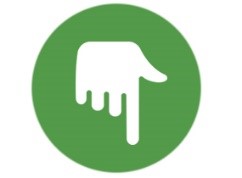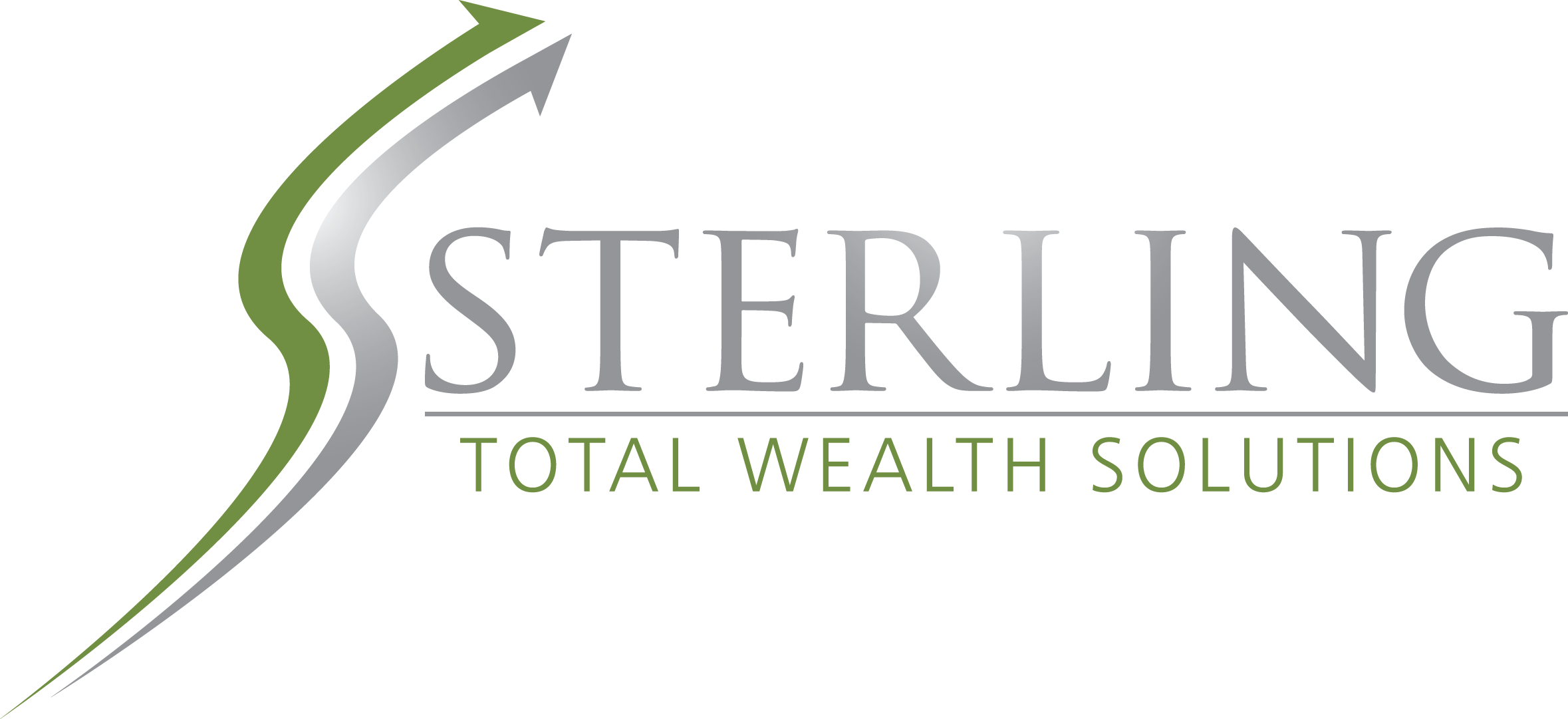In this Q2 recap: U.S. economic growth strong as reopening widens. Europe’s recovery picks up steam; Stocks reach new record highs, face new interest rate and inflation landscape.
Quarterly Economic Update
A review of Q2 2021 | Presented by Sterling Total Wealth Solutions
THE QUARTER IN BRIEF
The second quarter began by building on the first-quarter’s gains, with stretches of sideways trading and incremental increases that led to multiple record highs over the course of the three months. Encouraging economic data, a strong corporate earnings season, and the broadening of the nation’s economic reopening was juxtaposed by heightening inflation fears, a short-lived spike in bond yields, and a simmering anxiety over potential changes in Fed monetary policy.
With 99% of the companies in the S&P 500 index reporting, 86% reported a positive earnings surprise, with an average earnings growth rate of 61.0%, the highest since the fourth quarter of 2009.1
Solid corporate earnings, however, did not drive the overall market materially higher, as inflation weighed on investor sentiment. Many investors were troubled for much of the second quarter by an acceleration in the rate of inflation, worried that the Federal Reserve could begin tapering some of its easy-money policies sooner than expected. Some investors were particularly anxious about the prospect of the Fed being wrong about the transitory nature of the pick-up in inflation, which could require the Fed to slam the monetary brakes harder at a future date, potentially sparking a recession and affecting stock valuations.
Stocks stumbled following a Fed announcement that interest rate hikes could begin in 2023—sooner than it had anticipated—and that it had raised its inflation expectation, though it remained steadfast in its position that above-target inflation would be transitory.
The quarter closed out on a strong note, as investors welcomed the announcement of an apparent agreement on a $1 trillion infrastructure spending bill and news that banks had passed Fed stress tests. The news was enough to send stocks to new all-time highs in the final trading days of June.
THE U.S. ECONOMY
The U.S. economy continued its remarkable recovery in the second quarter, aided by a substantial pick-up in the pace of COVID-19 vaccinations nationwide, an increase in economic reopenings at state and local levels, and by government stimulus spending.
Though second-quarter economic growth won’t be known until July’s release of the Q2 GDP (Gross Domestic Product) report, the economy looks to be building on its first-quarter gains.
According to the Federal Reserve Bank of Atlanta, which tracks economic data in real time, their model is pointing toward a 8.3% real rate of GDP growth in the second quarter.2
Economic data released during the quarter suggest that the Federal Reserve Bank of Atlanta’s estimate looks realistic. Manufacturing activity, as measured by the ISM (Institute for Supply Management) Manufacturing PMI (Purchasing Managers Index), rose in May, marking the 12th consecutive monthly increase. The central challenge for U.S. manufacturers has been meeting high-consumer demand, as the combination of increased consumer spending and supply chain bottlenecks have created temporary shortages. Meanwhile, the ISM Services PMI reached an all-time high in May, rising for the twelfth straight month, as well.3,4
Consumer confidence is high, with June’s reading reaching its highest level since the onset of the pandemic in March 2020, according to the Conference Board’s Consumer Confidence Index.5
This elevated level of consumer confidence is backed by some $2 trillion in personal savings that Americans may be looking to spend as the summer unfolds and vaccination rates increase further.6
The labor market recovery, which has lagged other parts of the economy, such as consumer spending and manufacturing, saw meaningful improvement in the second quarter. The weekly initial jobless claims fell below 400,000 for the first time since the pandemic began, while job openings reached 9.3 million, the highest number ever recorded by the Department of Labor’s Job Openings and Labor Turnover Survey (JOLTS).7,8
The Federal Reserve’s revised outlook on economic growth grew a bit more optimistic. In its June publication of members’ economic projections, the median view was that GDP growth would come in at 7%, a half percentage point higher than its March projection. Accompanying this higher economic growth revision was also a change in members’ inflation expectations. The median inflation expectation for 2021 jumped to 3.4%, up from its 2.4% March estimate. Its view on the unemployment rate was unchanged, projecting the unemployment rate to end the year at 4.5%.9
GLOBAL ECONOMIC HEALTH
After a decline in output in the first quarter, economic activity in Europe picked up in the second quarter thanks to a widening vaccination distribution and a relaxation of economic restrictions. Despite its slow start to the year, the Euro area economy is projected to grow by 4.3% in 2021, powered by consumer spending, fiscal support, and exports. Unemployment levels are expected to fall to near pre-crisis levels.10
As vaccination rates have hit 70% in the U.K., the return to economic normalcy has been quicker than on the continent. This high rate of vaccinations, along with accommodative fiscal policy, is expected to lead to a 7.2% growth in GDP this year.11
China’s vaccination rollout has only recently gathered steam, with its slow start limiting full recovery from the pandemic shutdown. Nevertheless, China’s recovery has been strong, with economic growth this year projected to be 8.5%. Investment has led the recovery, with consumer consumption growth rebounding more slowly. Imports and exports have seen a solid improvement.12
After finding early relative success in recovering from the pandemic’s economic impact, Japan declared a state emergency in April due to rising infection rates in certain prefectures. The economic containment measures subsequently implemented were insufficient to stem the virus’s spread, resulting in muted economic growth in the second quarter. Despite this, Japan’s economy is anticipated to expand this year, albeit at a tepid 2.6% rate.13
The MSCI-EAFE Index, which tracks developed overseas markets, rose 4.37% in Q2, while emerging markets, as measured by the MSCI-EM (Emerging Markets) Index, gained 4.42%.14
T I P O F T H E Q U A R T E R

Financial objectives usually involve a time frame. Has your time frame to realize any of your objectives changed?
LOOKING BACK, LOOKING FORWARD
There is an additional, more overlooked, concern regarding inflation, i.e., its impact on consumer spending. While inflation may be transitory, price increases generally are sticky. Thus, it remains uncertain if increases in overall consumer prices will dampen consumer discretionary spending, which investors may be expecting to drive future economic growth.
The Fed’s easy-money policies have been a contributing factor in the market’s sharp recovery from its pandemic lows. Consequently, investors are expected to continue to focus on Fed signals about the timing and degree of its plans to taper its monthly bond purchases. (Its June meeting was silent on this issue.) Tapering is a concern, but given the excess liquidity worries of many investors, any start of Fed tapering later in the year may turn out to be a welcomed development.
Another market headwind is stretched investor sentiment. Though markets are hovering around all-time highs, market breadth has not been exceptionally strong, which suggests investor enthusiasm has moderated. A weekly survey by the American Association of Individual Investors reflected a 10% decline in bullish sentiment and a concomitant rise in bearish sentiment in the month of June. With potentially fewer positive economic surprises ahead and muted buying sentiment, the market may mark time until a new catalyst emerges.16
The economy appears in good shape, and most economists expect it to remain strong into 2022. This portends a positive second half, but investors shouldn’t lose sight that the market is currently priced above historical average.
| MARKET INDEX | Y-T-D CHANGE | Q2 CHANGE | Q1 CHANGE |
| DJIA | +12.37 | +4.61 | +7.76 |
| NASDAQ | +12.27 | +9.49 | +2.78 |
| S&P 500 | +13.94 | +8.17 | +5.77 |
| YIELD | 6/30 RATE | 1 MO AGO | 1 YR AGO |
| 10 YR TIPS | 1.44% | 1.58% | 0.66% |
Sources: Wall Street Journal, June 30, 2021, Treasury.gov (Bond Yield)
The market indexes discussed are unmanaged and generally considered representative of their respective markets. Individuals cannot directly invest in unmanaged indexes. Past performance does not guarantee future results. U.S. Treasury Notes are guaranteed by the federal government as to the timely payment of principal and interest. However, if you sell a Treasury Note prior to maturity, it may be worth more or less than the original price paid.
QUOTE OF THE QUARTER

“Education is what you get when you read the fine print; experience is what you get when you don’t.”
PETE SEEGER
Securities offered through Registered Representatives of Cambridge Investment Research, Inc., a Broker/Dealer, Member FINRA/SIPC. Advisory services offered through Cambridge Investment Research Advisors, Inc., a Registered Investment Advisor. Sterling Total Wealth Solutions and Cambridge are not affiliated.
To learn more about Sterling Total Wealth Solutions, visit us on the web at www.sterlingtotalwealthsolutions.com
Know someone who could use information like this? Please feel free send us their contact information via phone or email. (Don’t worry – we’ll request their permission before adding them to our mailing list.)
CITATIONS:
- factset.com, June 4, 2021
- atlantafed.org, July 1, 2021
- ismworld.org, July 1, 2021
- ismworld.org, July 1, 2021
- conference-board.org, June 29, 2021
6. kansascityfed.org, April 29, 2021 - dol.gov, July 1, 2021
- cnbc.com, June 8, 2021
- federalreserve.gov, June 16, 2021
- oecd-ilibrary.org, July 1, 2021
- oecd-ilibrary.org, July 1, 2021
- oecd-ilibrary.org, July 1, 2021
- oecd-ilibrary.org, July 1, 2021
- msci.com, July 1, 2021
- bloomberg.com, June 10, 2021
- aaii.com, July 1, 2021
